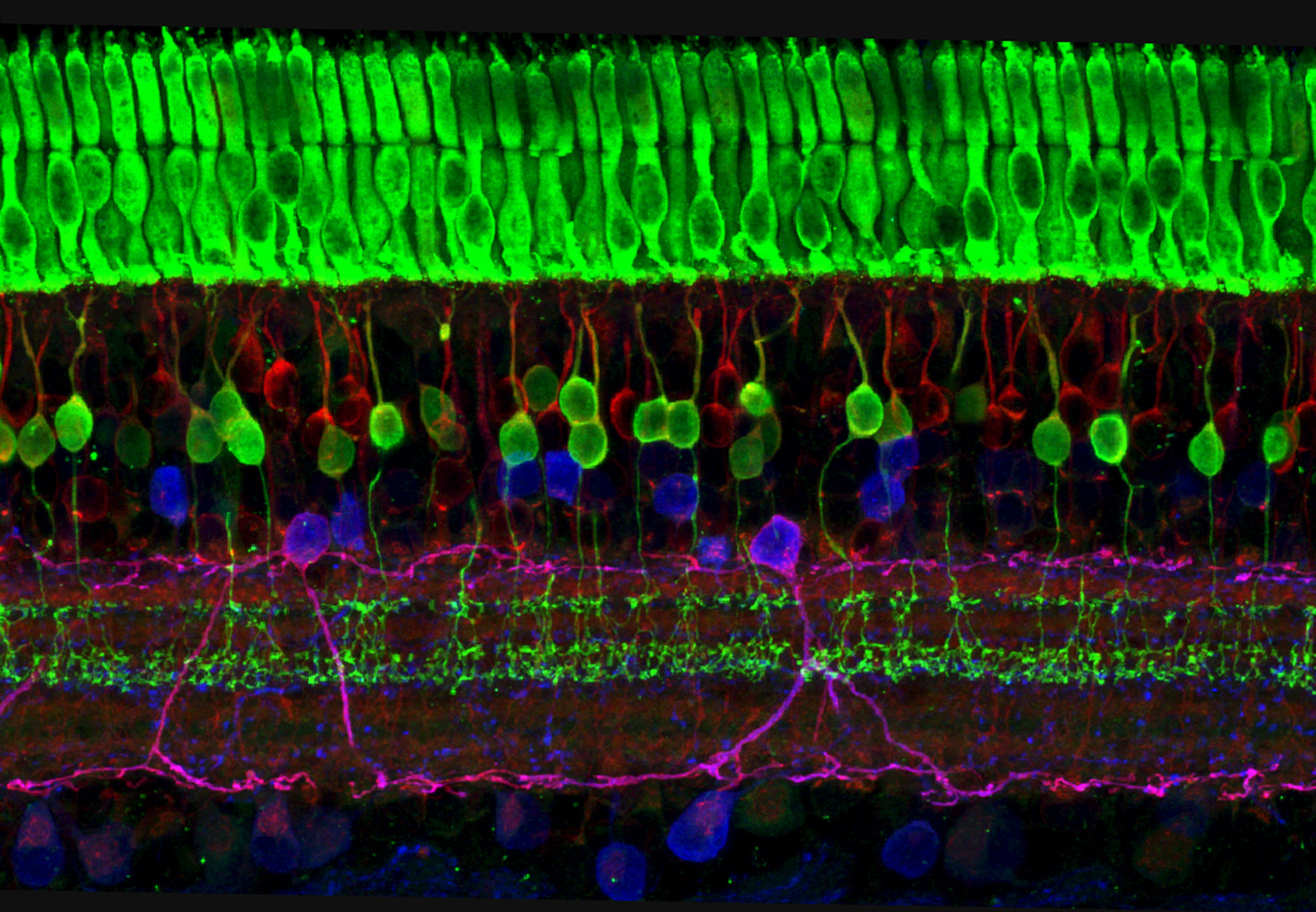
Sourceshed Media
AdministratorForum Replies Created
-
Fascinating bug with an interesting name …. “fussy eater” preferring malt” to describe its narrow nutritional range – sounds like one of our children!
The genus is xanthomas, so the yellow appearance is macroscopically consistent with the diagnosis and likely not due to fluorescein.Apart from its relative rarity and resistance it forms biofilms, so difficult to treat – but not speaking from any direct experience.
However, would stop vigamox – this will activate MMPs and exacerbate thinning.
A superficial look suggests that many strains are sensitive to co-trimoxazole and ticarcillin,and ceftazidime, tigecycline and maybe Polymyxin B.
Would probably pick the first two of these and give them systemically while working out if any can be compounded and dosages.If some of that white/yellow material has ‘substance”would YAG it – breaking up biofilms stirs bacteria out of hibernation and makes them more susceptible to antibiotics (1)
Stenotrophomonas maltophilia can colonize humid surfaces as in mechanical ventilators, urinary catheters etc – so would ask if she is using a sleep apnea machine or any kind of catheter/bio device.
Another ancillary intervention for resistant bugs in patients with immune ineptitude is hyperbaric oxygen. We use it for pseudomonas (2) and I can find some desperate cases thus treated in which Stenotrophomonas maltophilia was/may have been involved (3,4). If you are able to access a hyperbaric unit, can pass on details of our treatment regime.
In relation to her systemic illness, two thoughts:
* Hepatitis C and polycythemia vera co-existence is not rare and treatable with Interferon-Alpha 2a (5) – her internists aren’t really trying (meant tongue in cheek)!
* Sjoegren syndrome can be associated with biliary cirrhosis, autoimmune hepatitis (6,7) and polycthemia can be secondary to hepatitis c (8), so would want to rule this out.
What is the other eye like – evidence of dryness, xerostomia etc?
Hope this helps.Best wishes, Minas
1. Laser corneal biofilm disruption for infectious crystalline keratopathy – PubMed
2. Adjunctive hyperbaric oxygen in pseudomonas keratitis – PubMed
3. A Case of Hyperbaric Oxygen as Adjunct to Fascio-tomies in Compartment Syndrome, Ischemia-Re-perfusion Injury, and Delayed Secondary Infection | International Journal of Medical Students
4. Fournier’s gangrene (necrotising fasciitis) complicated by renal and respiratory insufficiency: a case report – PubMed
5. Interferon-Alpha 2-a and Its Dual Effect in Treating Two Diseases (Hepatitis C and Polycythemia Vera) – FullText – Case Reports in Oncology 2021, Vol. 14, No. 2 – Karger Publishers
6. Primary Sjogren’s Syndrome: Blood deficiencies are strong predictors of poor outcome — ScienceDaily
7. Sjögren’s syndrome and hepatitis C virus – PubMed
8 Effect of hepatitis C virus infection on erythropoiesis in patients on hemodialysisFluoroquinolones and MMP activation.
Melts are classically via MMP activation, so it is simply inappropriate to use either cipro or indomethacin – both are MMP activators – avoid all fluoroquinolones and NSAIDs.
It has long been known that there is an increased risk of corneal perforation after fluoroquinolone treatment for bacterial keratitis (1).1. Increased incidence of corneal perforation after topical fluoroquinolone treatment for microbial keratitis – PubMed
Matrix metalloproteinase activation by fluoroquinolones.
Good experimental evidence (1,2) and some clinical (3,4).1.Effect of topical fluoroquinolones on the expression of matrix metalloproteinases in the cornea – PubMed
2.Effect of fluoroquinolones on the expression of matrix metalloproteinase in debrided cornea of rats – PubMed
3. Corneal perforation associated with topically applied gatifloxacin – PubMed
4.Increased incidence of corneal perforation after topical fluoroquinolone treatment for microbial keratitis – PubMed
NSAIDs:
NSAID-induced corneal melt: Clinical importance, pathogenesis, and risk mitigation – PubMed
Acute corneal perforation 1 week following uncomplicated cataract surgery: the implication of undiagnosed dry eye disease and topical NSAIDs – PubMed
Acute corneal melt associated with topical bromfenac use – PubMed
Nepafenac-associated corneal melt – PubMed
